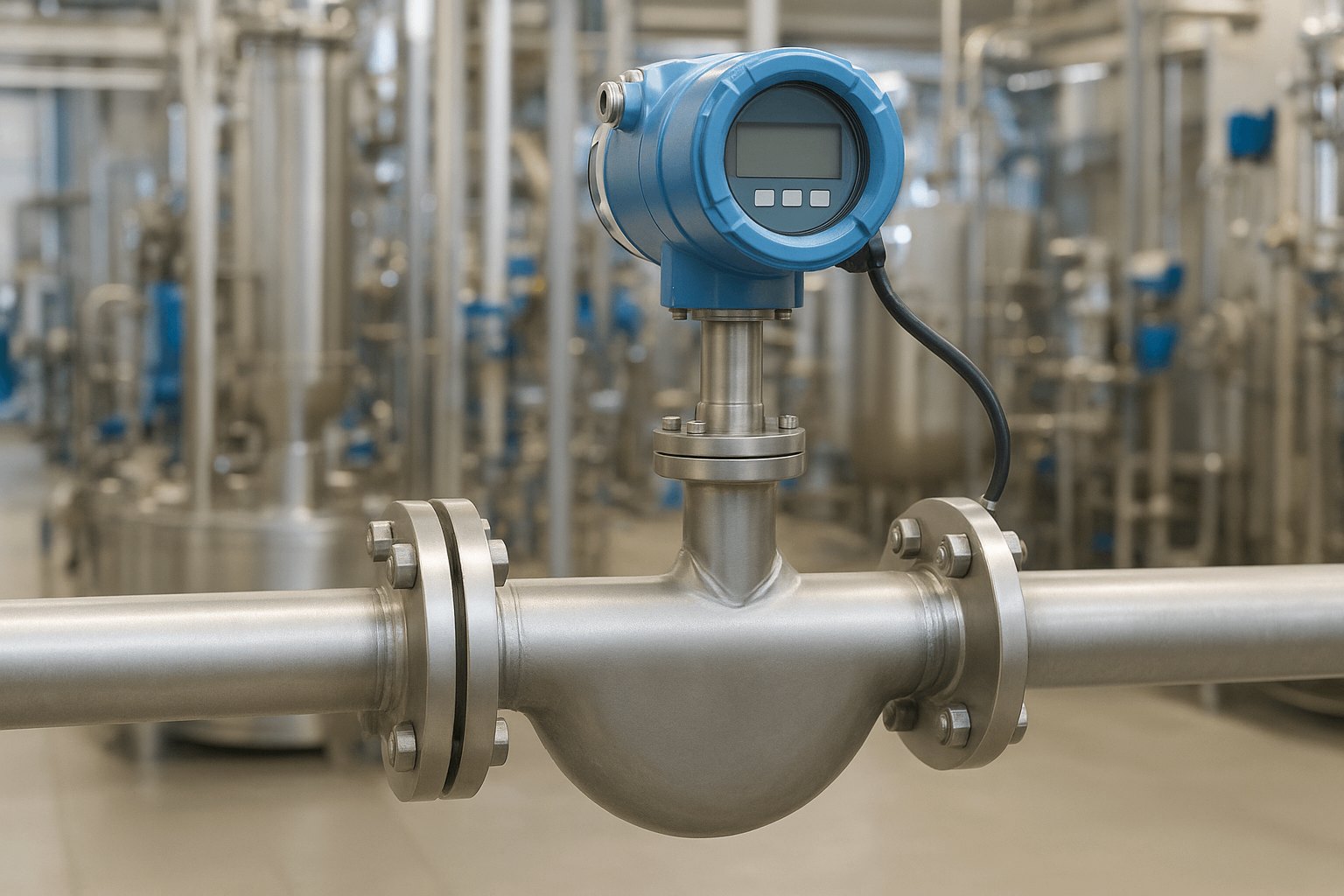Mastering the Art of Waterproofing: Essential Techniques for Building Longevity
Waterproofing is a critical aspect of building construction and maintenance that ensures the longevity and integrity of structures. It involves a series of methods and materials designed to prevent water ingress, which can lead to structural damage, mold growth, and a host of other issues. In this article, we will delve into the various techniques employed in waterproofing buildings, the materials used, and best practices to ensure effective implementation.
Understanding the Importance of Waterproofing
Waterproofing is not merely a preventive measure; it is an essential component of building design. Water infiltration can compromise the structural integrity of a building, leading to costly repairs and health hazards due to mold and mildew. By implementing effective waterproofing strategies, builders can enhance the durability of structures, improve indoor air quality, and reduce maintenance costs over time.
Key Waterproofing Techniques
- Membrane Waterproofing
Membrane waterproofing is one of the most common methods used in both residential and commercial buildings. This technique involves the application of a waterproof membrane, which can be made from materials such as PVC, TPO, or EPDM. These membranes can be applied in various forms, including sheets or liquid coatings, and are typically used on roofs, balconies, and below-grade walls.
- Advantages: Membrane systems provide a continuous barrier against water and are highly effective in preventing leaks.
- Considerations: Proper installation is crucial, as any gaps or punctures can lead to water ingress.
- Cementitious Waterproofing
Cementitious waterproofing is a popular choice for interior spaces, such as bathrooms and kitchens. This method involves the application of a cement-based product that can be mixed with water to create a slurry. The slurry is then applied to surfaces, forming a waterproof barrier.
- Advantages: This technique is easy to apply and can adhere to a variety of substrates, making it versatile for different applications.
- Considerations: While effective for interior spaces, it may not be suitable for exterior applications where flexibility is required.
- Crystalline Waterproofing
Crystalline waterproofing is an innovative technique that involves the use of chemical additives in concrete. These additives react with water and the byproducts of cement hydration to form crystals that block water pathways within the concrete.
- Advantages: This method is particularly effective for below-grade applications and can self-heal cracks over time.
- Considerations: It requires careful mixing and application to ensure effectiveness.
- Liquid Waterproofing Membranes
Liquid waterproofing membranes are applied as a liquid and cure to form a seamless, flexible membrane. This technique is ideal for complex shapes and areas with penetrations, such as pipes and vents.
- Advantages: The seamless nature of liquid membranes eliminates the risk of leaks at seams.
- Considerations: Proper surface preparation is essential for adhesion and performance.
Best Practices for Effective Waterproofing
- Site Assessment and Planning
Before any waterproofing work begins, a thorough site assessment is crucial. Understanding the local climate, soil conditions, and water table levels will inform the choice of waterproofing methods and materials. - Quality Materials
Investing in high-quality waterproofing materials is essential for long-term performance. Cheaper alternatives may save costs initially but can lead to significant expenses down the line due to failures and repairs. - Professional Installation
While some waterproofing methods can be DIY projects, hiring professionals with experience in waterproofing is advisable for critical applications. Proper installation is key to ensuring the effectiveness of the chosen method. - Regular Maintenance and Inspections
Waterproofing is not a one-time task. Regular inspections and maintenance are necessary to identify potential issues before they escalate. This includes checking for cracks, wear, and tear, and addressing any drainage issues promptly.
Conclusion
Waterproofing is an indispensable aspect of building construction that protects structures from the damaging effects of water. By understanding the various techniques available and implementing best practices, builders and property owners can ensure the longevity and safety of their buildings. Whether through membrane systems, cementitious applications, or innovative crystalline solutions, effective waterproofing is a vital investment in the future of any structure. As the industry continues to evolve, staying informed about new materials and methods will further enhance the effectiveness of waterproofing strategies, ensuring that buildings remain safe and sound for years to come.




